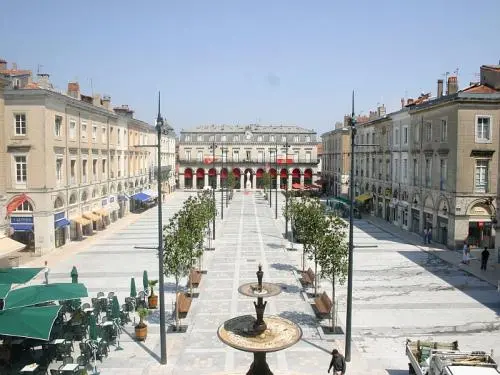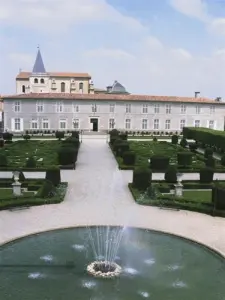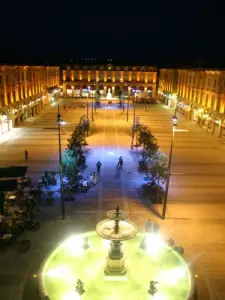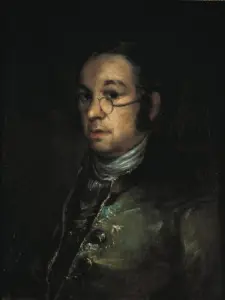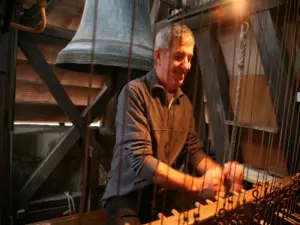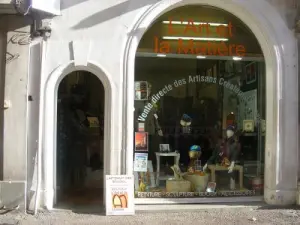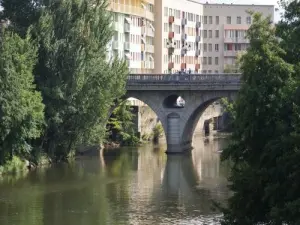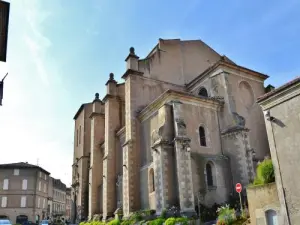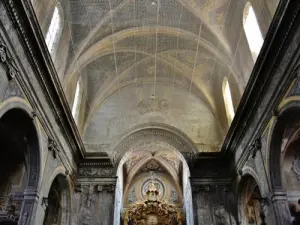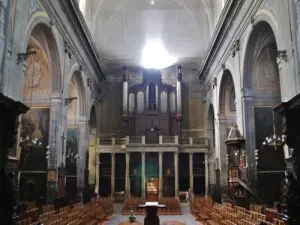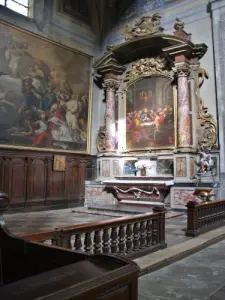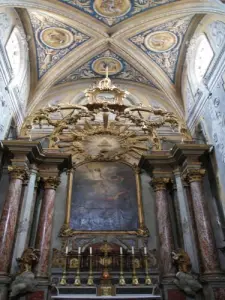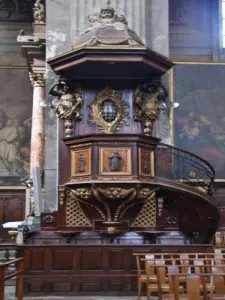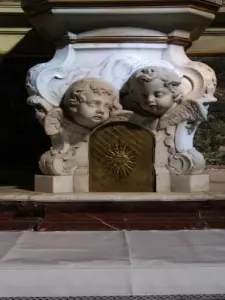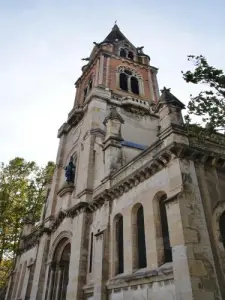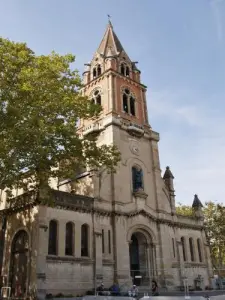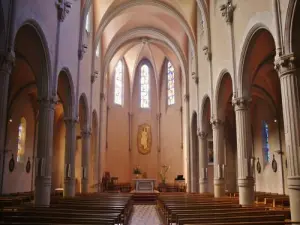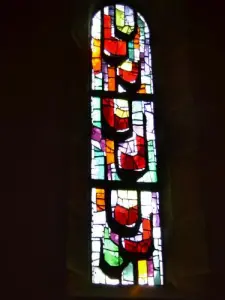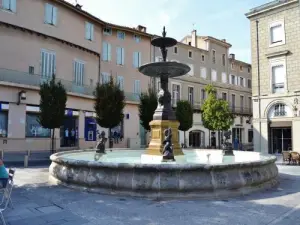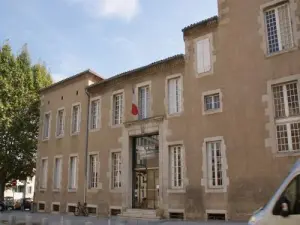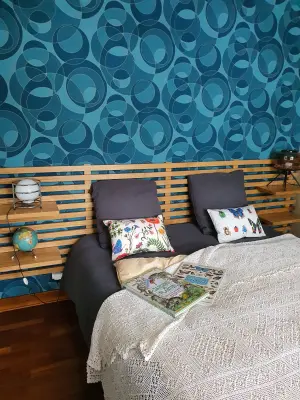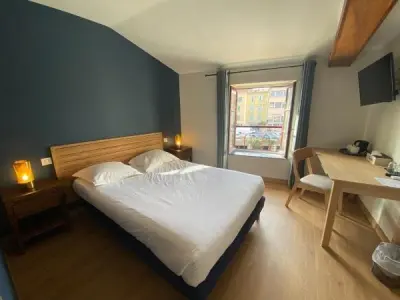Castres, in the department of Tarn, is a town that visitors fall in love with at first sight. It is true that the colourful old houses along the Agout give the town a picturesque atmosphere which has earned it the nickname of the Little Venice of Languedoc. If you would like to see these houses up close, take a trip on a typical wooden boat, called a "coche d'eau", and travel along the river by day or night, admiring these dwellings that once belonged to the town's tanners, weavers, parchment-makers and dyers. The view of this architectural ensemble from the Quai des Jacobins is remarkable!
Castres also has an interesting cultural and religious heritage, represented in particular by the former Episcopal Palace and the Goya Museum. Nowadays occupied by the town hall, the palace was designed by Jules Hardouin-Mansart, architect to Louis XIV, and the beautiful French formal gardens with box hedge broderie were designed by Le Nôtre. The museum is dedicated to Spanish paintings, especially the work of Francisco de Goya.
As you stroll through the heart of the old town, discover the Renaissance mansions, including the Hôtel de Viviès and the Hôtel de Nayrac, listed Historic Monuments. Also take a look at Place Jean Jaurès with its sandstone facades, which hosts a traditional Saturday morning market with a thousand colours and flavours. Castres is also the birthplace of Jean Jaurès: you can learn about his life and political work at the museum that bears his name.
You cannot talk about this town without mentioning rugby. The local area has been enthused by the sport since 1906! The team even won the Coupe de France several times. A party atmosphere awaits you on match days: join in the fun!
In Languedoc, between Toulouse and Montpellier, in a natural, preserved at the foot of the Black Mountains and the plateau of granite Sidobre doors, Castres, city marked by all currents of thought, the Cathar heresy of Protestantism is a crossroads of multiple influences.
Old town with strong roots, recorded in history, it kept the rich history of events and developments, cultural identity, architectural and economic strong.
Toulouse and Carcassonne are within an hour by road, Albi to thirty minutes.
All invite you to stay in this land Occitan.
Despite its Latin origin "castrum", the city was not founded by the Romans, although the discovery of a Gallo-Roman villa at Gourjade certify a presence in the first and second centuries AD. The site was occupied from the Iron Age, in the eighth century before J-C, but the origin of the city dates back to the early ninth century (810) with the foundation of a Benedictine abbey. The monks bring back the relics of Saint Vincent of Saragossa (patron of the city) where a basilica was built. Castres becomes a stage on one way to St Jacques de Compostela: the path of Arles. At the heart of the Cathar heresy, the city does not engage openly and submits to Simon de Montfort. In 1317 it was established as bishop and the rest until 1790. During the Wars of Religion, Castres, Huguenot stronghold, became stronghold; many convent buildings are destroyed.
In 1595, Henri IV sets Castres to the Chamber of the Edict, tribunal of judges Catholics and Protestants to make a fair justice. This is the beginning of one of the most prosperous periods. Beautiful mansions are constructed and participate in the rebirth of Castres (see: Guy Gabriel Street, Chamber of the Edict, Victor Hugo, Montlédier, Sabaterie, Fellows, Frederick Thomas...). A Literary Academy was created by a group of local scholars. At the cultural boom adds prosperity: the work of artisans of wool, leather and paper, textile Castres says his vocation. The seventeenth century bequeathed remarkable sets, especially the Bishop's Palace, designed by Jules Hardouin-Mansart, which now houses the City Hall and the Museum Goya. It is extended by a French garden designed according to the plans of André Le Nôtre.
In the nineteenth century, the city continues its industrialization and development with many facilities: it gets a great place Royale (now Jean-Jaurès), and a market place Albinque. The year 1859 saw the birth of Jean Jaurès. In 1893, Marcel receives Castres Briguiboul, rich merchant and painter, made a bequest in particular three oils on canvas of the Aragonese master Francisco de Goya y Lucientes. The museum which houses takes the name of Goya Museum in 1947. It is now the second Hispanic art museum in France after the Louvre.










